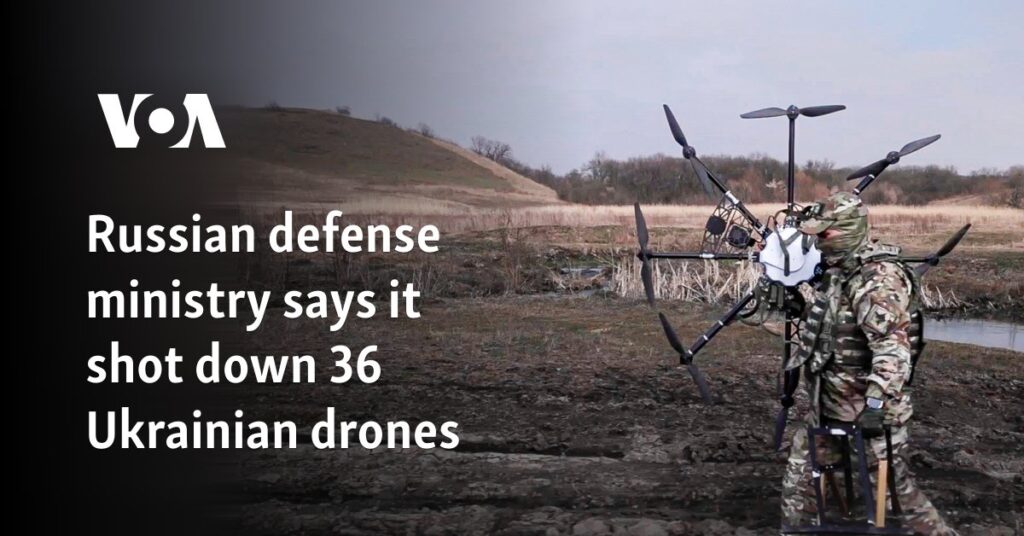
Introduction
As conflicts around the world increasingly incorporate advanced technology, the importance of unmanned aerial vehicles (UAVs), commonly known as drones, has become increasingly apparent. In particular, Russian drones have gained significant attention due to their deployment and capabilities in recent military engagements, particularly in Ukraine. Understanding the implications of these developments is critical for global security and military strategy.
Use of Drones in Ukraine
The ongoing conflict in Ukraine has showcased the evolving nature of warfare, with Russia employing drones for reconnaissance and precision strikes. Reports indicate that Russia has been utilizing a variety of drone models, including the Orlan-10 for surveillance tasks and the larger Tu-141 Strizh for reconnaissance missions. Ukrainian forces have noted that the use of these drones has allowed Russia to gather real-time intelligence while minimizing troop exposure to enemy fire.
Technological Advancements
Russian drones are equipped with modern technology that enhances their capabilities in combat. The integration of advanced imaging systems, electronic warfare enhancements, and communication tools provides the Russian military with a tactical advantage. For example, the Orlan-10 can transmit live video feeds back to command centers while jamming the communication of enemy forces. This level of operational effectiveness highlights how drones have altered the battlefield dynamics, making them essential in contemporary military strategy.
International Concerns
As the use of drones escalates, international concerns surrounding their proliferation and misuse arise. The wide availability of drone technology has led to fears that these weapons could fall into the hands of non-state actors or be used in civilian areas, raising ethical and legal questions about their deployment. Furthermore, Western nations are closely monitoring Russia’s advancements to understand the technological implications for their military strategies and defense measures.
Conclusion
The growing presence of Russian drones in warfare underscores a significant shift toward increased reliance on unmanned aerial technology across the globe. As military conflicts rely more heavily on drones, understanding their implications for security, strategy, and international relations becomes imperative. The ongoing developments in Ukraine serve as a critical case study, illustrating the tactical advantages and global risks associated with the use of drones, thereby invoking a broader discussion on the future of warfare and military engagement in the 21st century.



